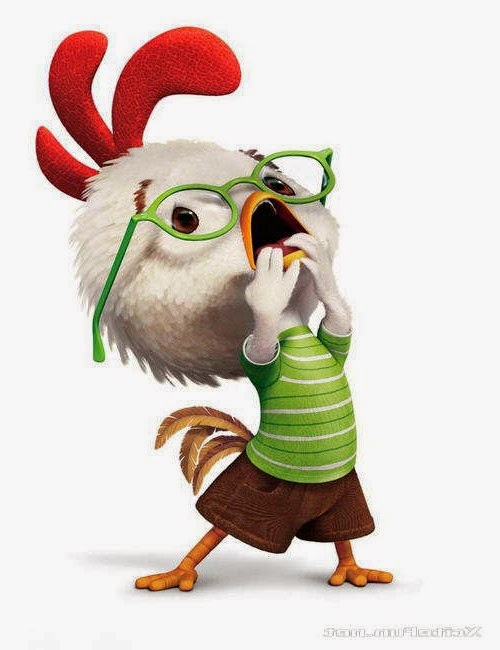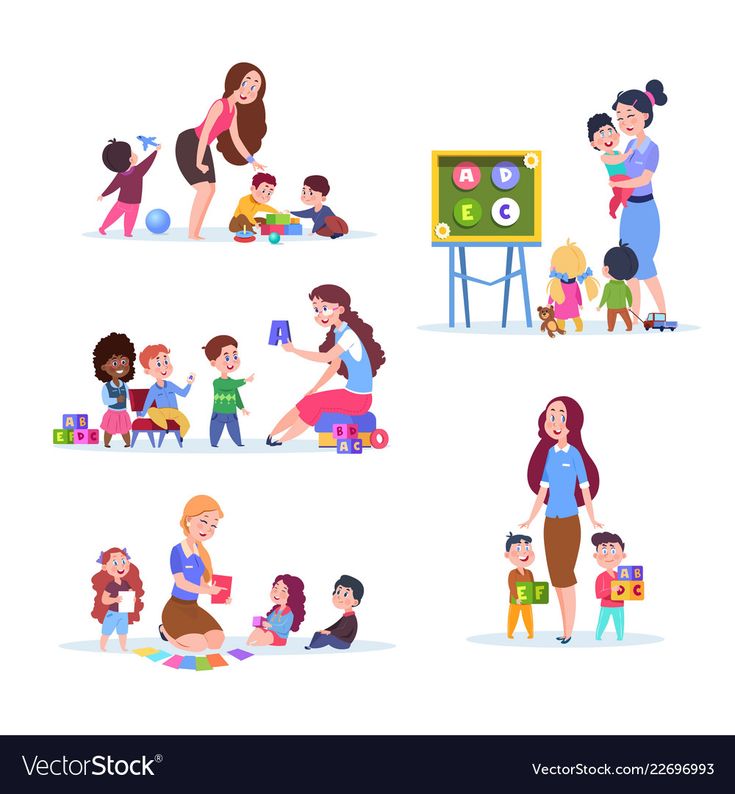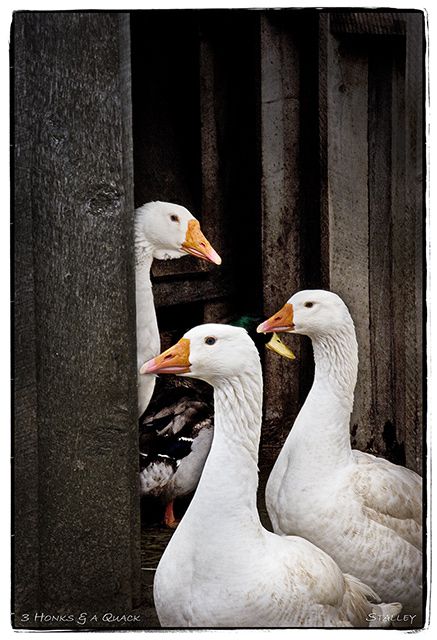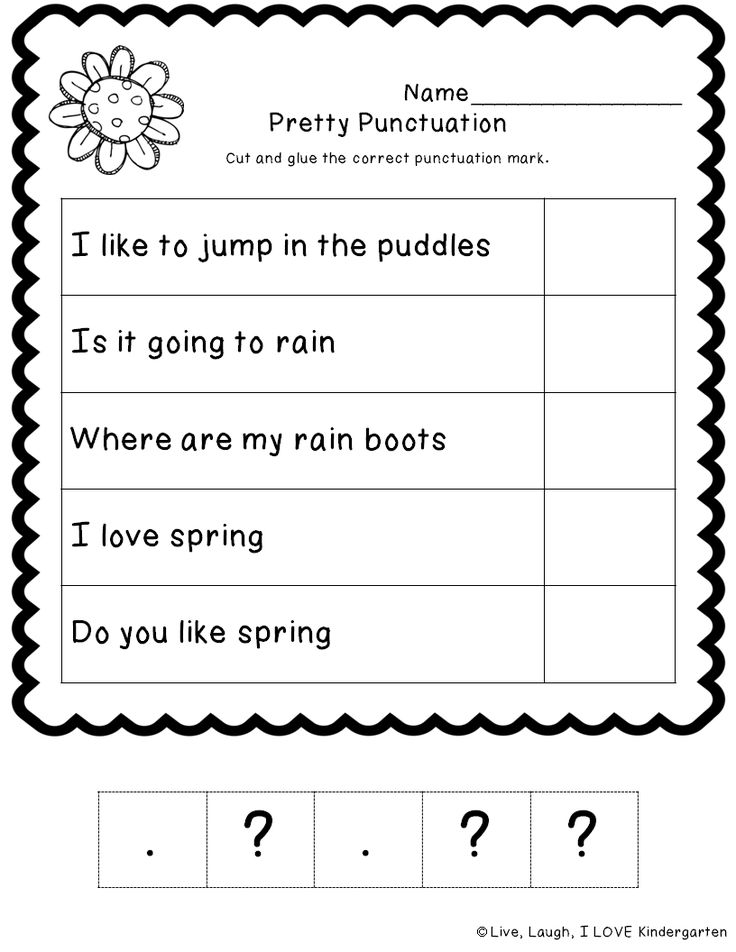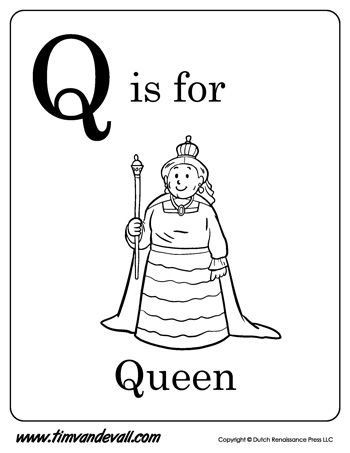Letter names and sounds assessment
How to Assess Letter Names and Sounds
Alphabetic Principle | Assessment | Letter Names and Sounds
A true understanding of letter names and sounds is much more than just singing the alphabet. Students must recognize both capital and lower case letters shown in any sequence. Students must also be able to associate and articulate the sound that the letters represent. Our Free Letter Name and Sound Assessment includes an in-depth analysis of typical student responses called Guidelines for Analyzing Letter Name and Sound. This document provides an essential framework for interpreting your students’ varying abilities.
Who would benefit from a letter name and sound assessment?
This assessment should be given as a Kindergarten universal screening three times a year. It is also appropriate for First Grade students who did not achieve mastery in Kindergarten. This screener can be used to analyze the skills of struggling readers
What should I look for when I assess my students’ knowledge of letter names and sounds?
There are a lot of nuances to gaining mastery of the alphabet. Here are some things to look for when determining your students’ understanding of letter names and sounds.
- Reversals. b/d, and p/q are common developmental errors in emergent readers. With frequent exposure and practice, these reversals should lessen as time goes on.
- Hesitation. Automaticity is an important part of mastering letter names and sounds. Does it take longer than 3 seconds for the student to name the letter or produce the sound? Keep an eye on this because students with dyslexia often have trouble with rapid naming.
- Confusion of letters whose names sound similar (g and j).
- Identifying the letter sound based on the pronunciation of the name (i.e./ay/ or /ch/ for the letter h)
- Reliance on the keyword to recall the sound. Letter/keyword/sound is an instructional scaffold that can be used to help students recall the sound of the letter.
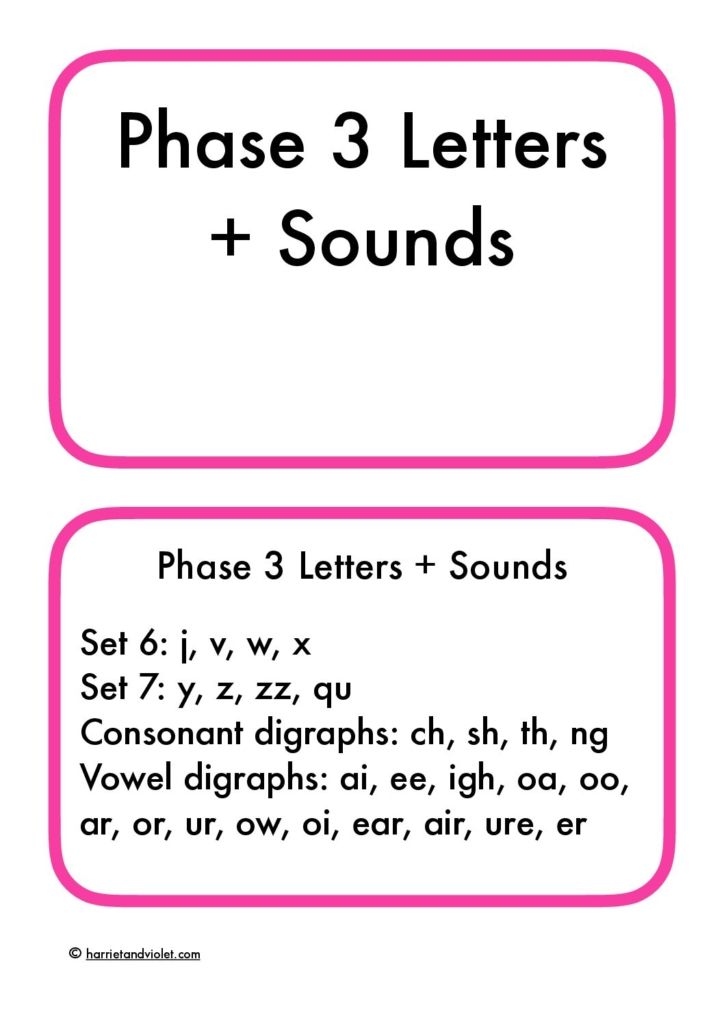 Eventually, students need to let go of the scaffold of the keyword and produce the sound when prompted.
Eventually, students need to let go of the scaffold of the keyword and produce the sound when prompted. - Not clipping the sound (saying /puh/ instead of /p/).
- Fatigue. Do the students start off strong, but make more errors as the assessment goes on? This could be a sign that students are depleting their cognitive energy.
I’ve analyzed the letter name and sound assessment, now what?
Look for ways to group your students:
- Some students may not know any letter names (or very few). Group these students together and start by introducing a small number of letters (4-5). Review these letters until the students achieve mastery.
- Look for letters that most of the students had difficulty with (qu, w, x, and y). Target these letters in your daily drill.
- For students who tend to reverse letters such as b/d try adding a multisensory component such as gel boards or sandpaper letters.
- Fluency grids can be used to help students develop automaticity.
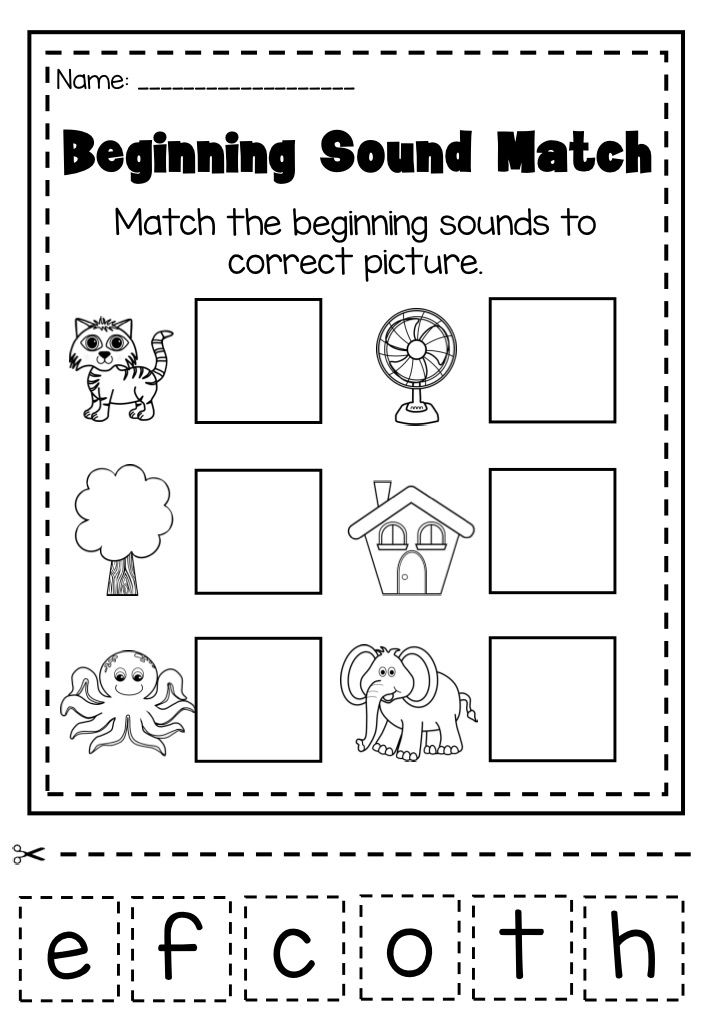
- Vowels are among the most difficult letter sounds to learn. These sounds all require an open mouth. The mouth shifts only slightly to change from one vowel sound to another. Explicit instruction in mouth position is helpful for many students to recognize the subtle differences.
Where can I find resources to help my students master letter names and sounds?
We offer a Letter Name and Sound Bundle. This bundle includes the Guidelines for Analyzing, letter cards, letter bingo, and fluency grids. Just click on the image below.
This Letter Name and Sound Bundle is available in our TPT store.Share:
Post Tags: #assessment#letter names and sounds
Assessment | Fluency
How to Calculate Fluency Rate
Why Calculating Correct Words Per Minute Matters We often find ourselves discussing fluency rate and the proper way to score fluency assessments. Some people are in the camp of counting ‘words per minute’. Others hold the stance of scoring ‘correct words per minute’.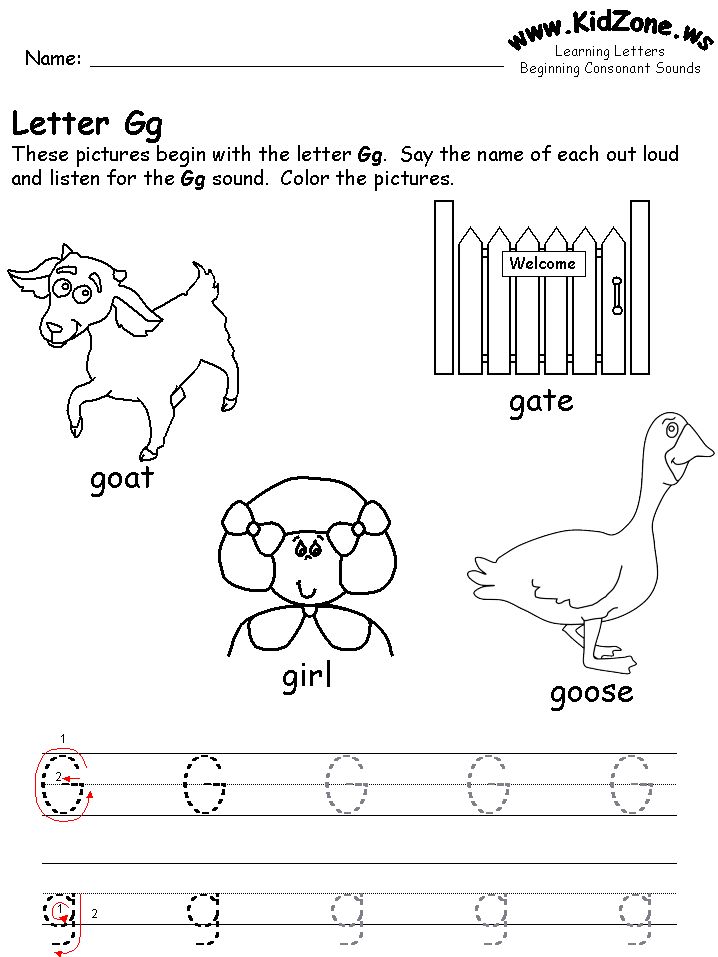 We firmly believe in scoring ‘correct words per minute’ because fluency is not just…
We firmly believe in scoring ‘correct words per minute’ because fluency is not just…
Read More How to Calculate Fluency RateContinue
Assessment | Fluency | Instruction
Fluency Series Part 2
A Guide for Implementing Repeated Readings to Support Fluency Part 2 of our Fluency Series is aimed to help educators provide intervention for those readers who need fluency support. How do I decide which students require fluency intervention? When analyzing a recent running record, consider the following:
Read More Fluency Series Part 2Continue
Letter and letter-sound knowledge Prep to Year 2 (assessment ages 5-8)
Skip to content
Students need to automatically recognise and name the letters used to represent sounds in words.
Assessment task
This assessment can be used to identify whether a student is having difficulty in recognising and naming letters and identifying the sounds letters make in words.
The assessment includes four interrelated parts.
Part 1: Recognising letters and corresponding letter names with sounds
In this task students demonstrate their ability to recognise letters and correspond letter names with sounds.
Resources
These resources can be printed or downloaded to a tablet or other digital device.
- Alphabet Chart (docx - 39.72kb)
- Letter and Letter-Sound Knowledge Profile (doc - 168.5kb)
Instructions
- Using the Alphabet Chart, point to each letter one at a time in the order presented.
- As you point to each letter, ask the student to say:
- the name of the letter
- a sound the letter makes
- two words that begin with a sound the letter makes.
- Record the student’s responses on the Letter and Letter-Sound Knowledge Profile noting:
- the student’s response (tick for a correct response and record what the student says for an incorrect response)
- the time the student takes to respond (use ‘R’ to record an automatic or rapid response and ‘S’ if the student is slow to provide the response).
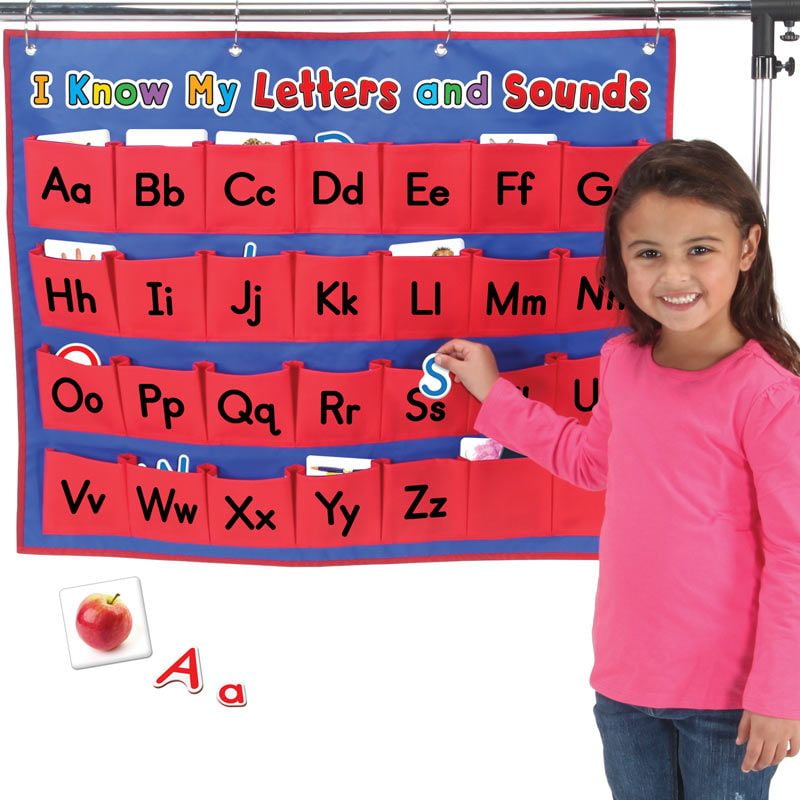
Part 2: Identifying letters in a given text
In this task students demonstrate their ability to identify letters in a given text.
Resources
These resources can be printed or downloaded to a tablet or other digital device.
- Sample text (docx - 157.03kb)
- Alphabet Chart (docx - 39.72kb)
- Letter and Letter-Sound Knowledge Profile (doc - 168.5kb)
Instructions
- Access the Sample Text provided.
- Using the Alphabet Chart, point to each letter one at a time in the order presented.
- After pointing to each letter, ask the student to locate that letter within the Sample Text.
- Record the student’s responses on the Letter and Letter-Sound Knowledge Profile noting:
- the student’s response (tick for a correct response and record what the student says for an incorrect response)
- the time the student takes to respond (use ‘R’ to record an automatic or rapid response and ‘S’ if the student is slow to provide the response).
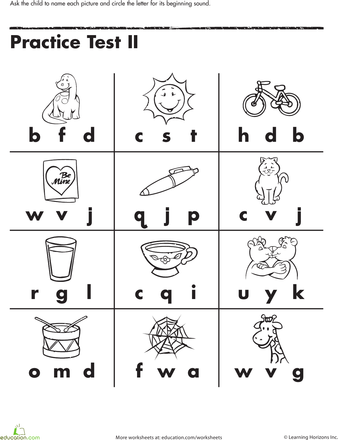
Part 3: Writing letters in lower and upper case
In this task students demonstrate their ability to write letters in lower and upper case.
Resources
These resources can be printed or downloaded to a tablet or other digital device.
- Alphabet Chart (docx - 39.72kb)
- Letter and Letter-Sound Knowledge Profile (doc - 168.5kb)
Instructions
- Using the Alphabet Chart, say each letter of the alphabet one at a time in the order presented.
- After you have said each letter, ask the student to write the letter in both lower and upper case. If necessary, give the student time to think about the letter before they begin to write it. For example, the student may need time to visualise the letter.
- Record the student’s responses on the Letter and Letter-Sound Knowledge Profile noting:
- the student’s response (tick for a correct response and record what the student writes for an incorrect response)
- the time the student takes to respond (use ‘R’ to record an automatic or rapid response and ‘S’ if the student is slow to provide the response).

Part 4: Predicting a word in a sentence by using its first letter
In this task students demonstrate their ability to predict a word in a sentence by using its first letter.
Resources
These resources can be printed or downloaded to a tablet or or other digital device.
- Word Prediction Task (docx - 155.16kb)
- Letter and Letter-Sound Knowledge Profile (doc - 168.5kb)
Instructions
- Access the Word Prediction Task.
- Explain to the student that you're going to read a series of sentences to them and that each sentence will have a missing word.
- Read the sentences from the Word Prediction Task to the student, pointing to each word as you say it.
- When you come to the missing word, let the student see the first letter of the word but do not say it.
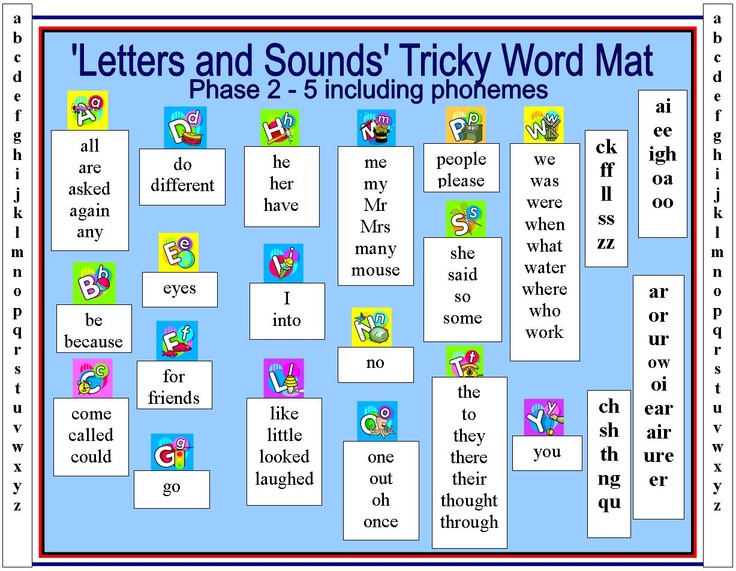 Ask the student to predict what the word could be, noting whether they suggest a word that begins with that letter.
Ask the student to predict what the word could be, noting whether they suggest a word that begins with that letter. - Record the student’s responses on the Letter and Letter-Sound Knowledge Profile (for lower case letters only) noting:
- the student’s response (tick for a correct response and record what the student says for an incorrect response)
- the time the student takes to respond (use ‘R’ to record an automatic or rapid response and ‘S’ if the student is slow to provide the response).
Instructions
- Click on the links provided above to access the instructions for administering each part of the assessment. All parts of the assessment are to be completed to provide a comprehensive overview of the student’s letter and letter-sound knowledge.
- Record the student’s responses for lower and upper case letters on the Letter and Letter-Sound Knowledge Profile (doc - 168.5kb).
Timing
The assessment can be administered over a few days.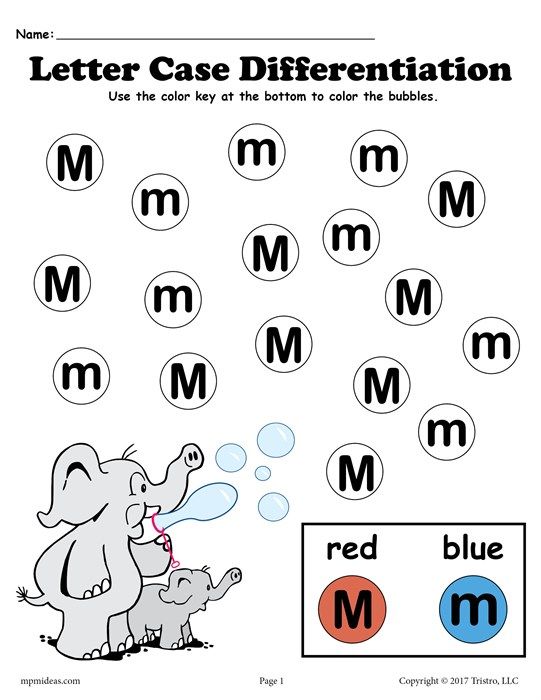 Each part of this assessment should take approximately 5 minutes to complete.
Each part of this assessment should take approximately 5 minutes to complete.
Analysing the results
Using the Letter and Letter-Sound Knowledge Profile, review and analyse the student’s responses to identify what the student can already do and where they need additional support.
If the student requires additional support, the focused teaching strategies in this resource can be used to support their development within this area of knowledge. The strategies are presented in a developmental sequence to systematically teach aspects of letter and letter-sound knowledge.
See: Focused Teaching Letter and Letter-Sound Knowledge Prep to Year 2 (ages 5-8).
Last Update: 11 January 2022
Our website uses a free tool to translate into other languages. This tool is a guide and may not be accurate. For more, see: Information in your language
This tool is a guide and may not be accurate. For more, see: Information in your language
Sounds and letters - pronunciation and spelling table (grade 2, Russian)
4.5
Average score: 4.5
Total marks received: 205.
4.5
Total Average marks: 4.5
2 received 5
When a person speaks, he pronounces sounds, and when he writes, he reproduces letters, and in Russian in the same word the number of sounds and letters can be different. Both are divided into vowels and consonants. Learning sounds and letters in 2nd grade is very important not only to speak and write correctly, but also to understand how the language works.
Sounds and letters: consonants and vowels
A table of sounds and letters will help you understand how they relate:
| Letters | Sounds | ||
| Vowels | Consonants | Vowels | Consonants |
| a, y, o, s, i, u, i, u, e, e | b, c, d, e, g, h, d, k, l, m, n, p, r, s, t, f, x, c, h, w, w | [a], [o], [y], [i], [s], [e] | [b], [c], [g], [d], [h], [k], [l], [m], [n], [p], [r], [s], [ t], [f], [x], [b '], [c '], [g '], [d '], [s '], [k '], [l '], [m '] , [n'], [n'], [r'], [s'], [t'], [f'], [x'], x], [w], [c], [h' ], [u'], [y'] |
The table shows that in Russian there are more vowels than the sounds they represent, but the opposite is true for consonants.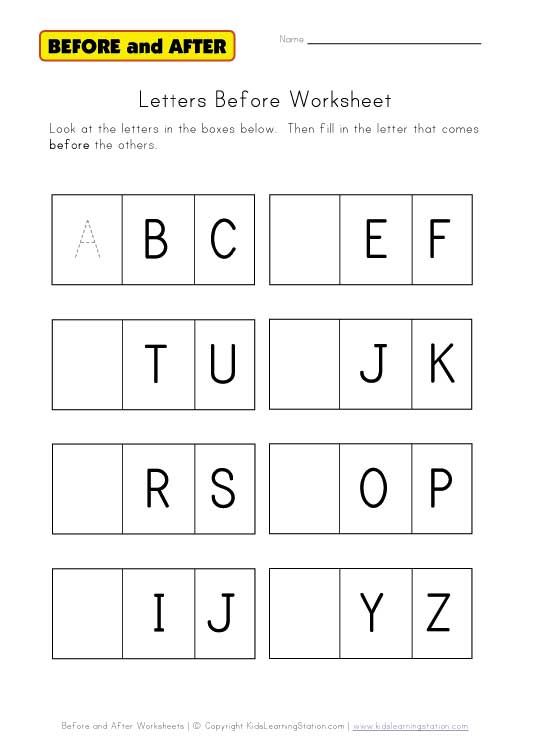
There are also letters in the alphabet that do not correspond to any sound - these are soft and hard signs that are necessary in order to indicate the hardness or softness of the sound in writing.
In total, there are 33 letters in the Russian alphabet, but there are ten more sounds, that is, 43. The difference in the number of sounds and letters is explained by the peculiarities of the language - for example, in writing, the softness and hardness of a consonant letter is determined by the letter following it - a vowel, consonant or not having an audio analogue.
Each letter has its own name, it may or may not match the sound they mean. It is very important to learn not to confuse letters and sounds.
So, sound is what a person pronounces and hears, his oral speech consists of sounds. And the letter is the basis of written speech, their person writes and reads. That is, sounds determine pronunciation, and letters determine spelling.
Why we need sounds and letters
Sounds are necessary for a person to speak. They do not have their own meaning, but without them a person could not compose what has it, that is, words. Often it is with the help of sounds that words are distinguished, for example, dispute - sport are distinguished by one sound.
Letters are needed in order to fix what is pronounced on the letter. These are signs that represent sounds. They can be said aloud - and then they become sounds, or you can read or say to yourself. They also help to distinguish words, but already in writing, for example, ate and spruce differ by one letter.
In the first Russian alphabet, Cyrillic, there were 43 letters - it was the Greek alphabet of 24 letters, to which 19 more were added, that is how many specific sounds were in the Slavic language. Before the alphabet took on its modern form, it changed many times.
What have we learned?
In the Russian language there are sounds - what is pronounced - and letters - what is written.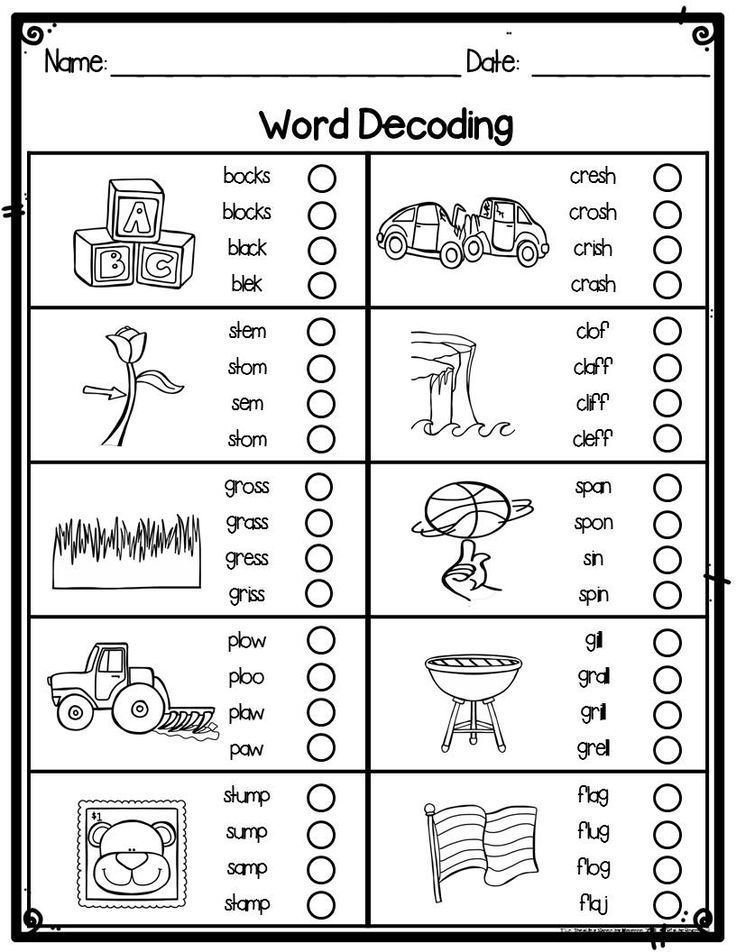 And although letters serve to designate sounds in writing, there are fewer of them than sounds. The number of sounds and letters in a word may also not match. This is due to the peculiarities of the Russian language system. Sounds become letters, but letters also become sounds when spoken.
And although letters serve to designate sounds in writing, there are fewer of them than sounds. The number of sounds and letters in a word may also not match. This is due to the peculiarities of the Russian language system. Sounds become letters, but letters also become sounds when spoken.
Subject test
Hall of Honor
To get here - pass the test.
-
Sergey Efremov
5/5
-
Svetlana Kalinina
5/5
4.5
Average rating: 4.5
A total of assessments: 205.
9000 and what what is 200003 9000 and what. grade?Games and exercises for the development of phonemic hearing and perception
Games and exercises for the development of phonemic hearing and perception
A basic prerequisite for mastering writing is a developed phonemic ear. Phonemic hearing, the main component of speech perception, is understood as the ability of a person to hear and distinguish between individual phonemes, or sounds in a word, to determine the presence of a sound in a word, their number and sequence.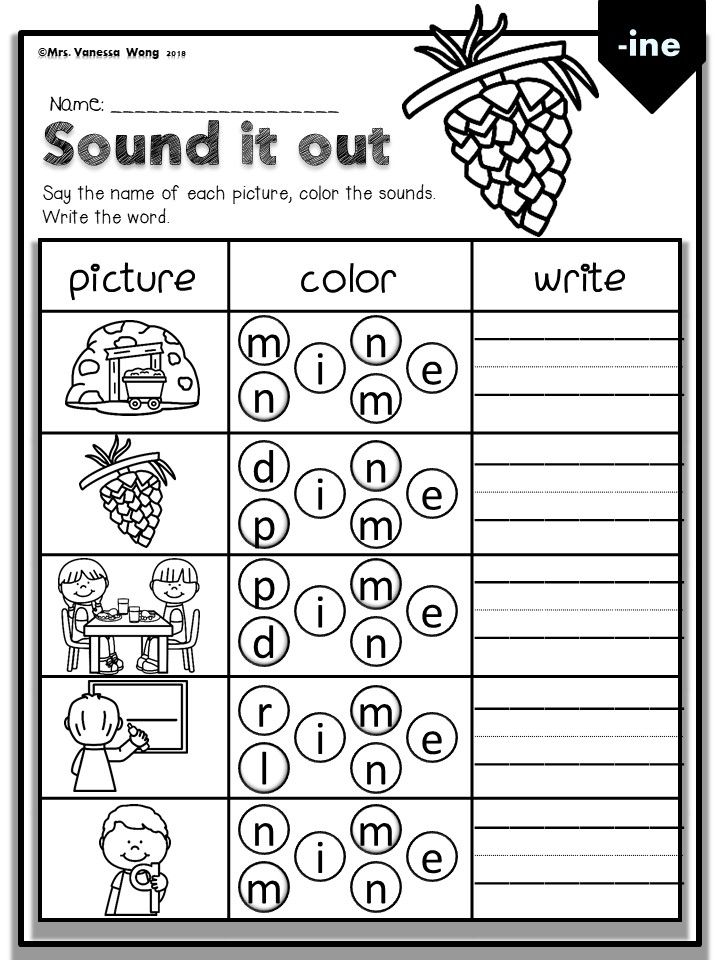 Thus, a child entering school must be able to distinguish individual sounds in a word. For example, if you ask him if there is a sound [m] in the word "lamp", then he must answer in the affirmative.
Thus, a child entering school must be able to distinguish individual sounds in a word. For example, if you ask him if there is a sound [m] in the word "lamp", then he must answer in the affirmative.
Why does a child need a good phonemic ear? This is due to the method of teaching reading that exists today at school, based on the sound analysis of the word. It helps us to distinguish between words and forms of words that are similar in sound, and to correctly understand the meaning of what is said. The development of phonemic hearing in children is the key to successful learning to read and write, and in the future - to foreign languages.
By the age of five, children are able to determine by ear the presence or absence of a particular sound in a word, they can independently select words for given sounds, if, of course, preliminary work was carried out with them.
How can phonemic awareness be developed in a child? The best way to do this is in the game. Many games for the development of phonemic processes are of a combined nature, which is expressed not only in the enrichment of the dictionary, but also in the activation of higher mental functions (memory, attention, thinking, motor skills). I bring to your attention games that allow you to teach your child to listen to the sounds of speech in an interesting way.
I bring to your attention games that allow you to teach your child to listen to the sounds of speech in an interesting way.
- Game "Catch the right sound with a clap."
Instructions: If you hear the [k] sound in a word, clap your hands. Words: [K] wounds, pestilence [K] ov, hut, boots [K].
The same with any other sounds:
Ш - cat, hat, mask, pillow; С – dog, paints, horse, socks, nose…
Р – hands, paws, Motherland, shelf, mug…; L - shovel, bark, words, pilaf ...
- The game "Come up with words for a given sound."
To begin with, it is better to give only vowel sounds (a, o, y, i) - watermelon, hoop, snail, needle, etc.
Then consonants (p, s, w, l, n, b, etc.)
- The game "Determine the place of the sound in the word."
Determine where: at the beginning, in the middle, at the end of the word we hear the sound [K] in the words: mole, carrot, fist, sock.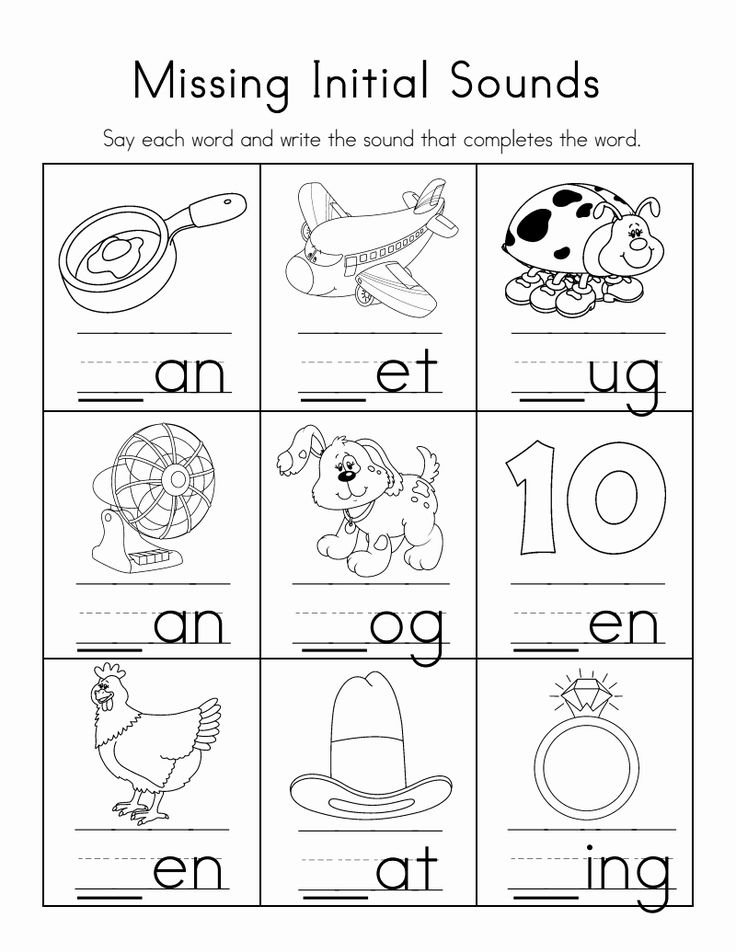 . .
. .
Sh - hat, cat, shower; C - sun, paste, nose; H - teapot, bump, night; U - brush, puppy, help; L - moon, shelf, chair; P - locomotive, steam, rose; P - floor, foot, stop; K - falcon, varnish, roof, etc.
- Repetition of chains of syllables.
Syllables are given with different voice power, intonation. (sa-SHA-sa), (for-for-SA). Syllables can be set with any oppositional sounds, for example, s-sh, sh-zh, l-r, p-b, t-d, k-g, v-f (i.e. voiceless-voiced, hard soft, whistling - hissing). Make sure that the child does not change the sequence in the chains. If it is difficult for him to repeat three syllables, first give two syllables: sa-sha, sha-sa,
sa-za, za-sa, la-ra, ra-la, sha-sha, sha-sha, etc. .
Examples of syllable chains:
Sa-za-za, za-za-sa, sa-za-sa, za-sa-za
Sa-sha-sha, sha-sha-sa, sa-sha -sa, sha-sa-sha
La-ra-ra, ra-la-la, ra-la-ra, la-ra-la
Sha-cha-sha, sha-sha-sha, sha-sha -sha, sha-sha-sha
Za-zha-zha, zha-za-za, za-zha-za, zha-za-zha (Similarly with other pairs of sounds)
- Slap syllables with sound "B" in the palms, and with the sound "P" on the knees (ba-pu-bo-po).
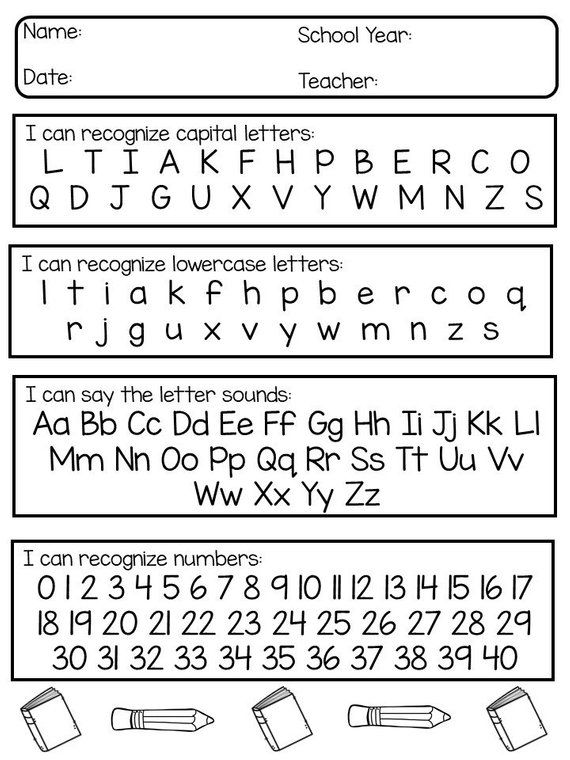 The same with sounds, for example, s-sh, sh-zh, k-g, t-d, r-l, ch-sh, etc.
The same with sounds, for example, s-sh, sh-zh, k-g, t-d, r-l, ch-sh, etc. - Say the word with sound "B": duck - bow - whale; "P": bank - stick - squirrel. Those. three words are given, among which only one with a given sound.
- The game "Who is more attentive".
An adult shows pictures and names them (it is possible without pictures). The child listens attentively and guesses what common sound is found in all the named words.
For example, in the words goat, jellyfish, rose, forget-me-not, dragonfly, the common sound is “З”. Do not forget that you need to pronounce this sound in words for a long time, highlighting it with your voice as much as possible.
- Guess the word game.
An adult pronounces a word with pauses between sounds, the child must name the whole word.
First, words of 3, 4 sounds are given, if the child copes, then it can be more difficult - from 2-3 syllables, with a confluence of consonants.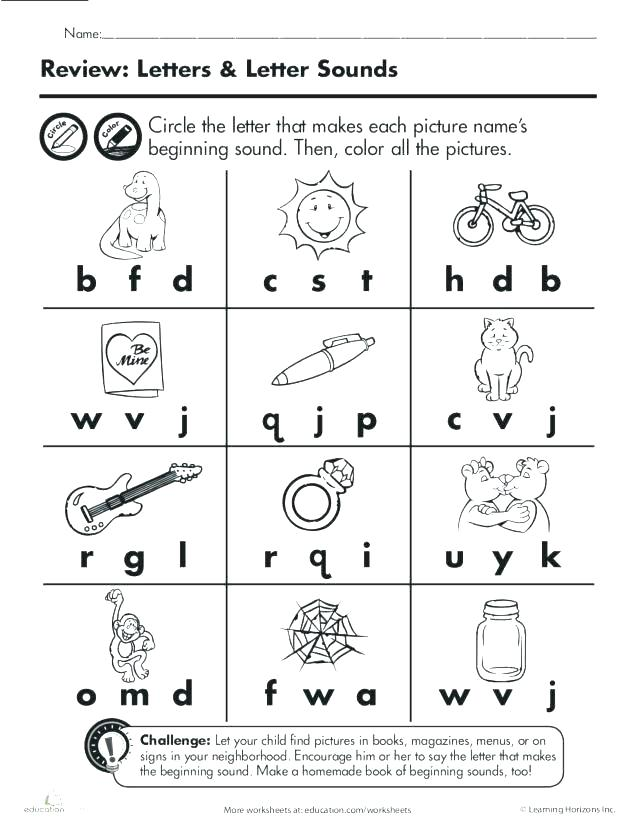
For example:
s-u-p, k-o-t, r-o-t, n-o-s, p-a-r, d-a-r, l-a-k, t- o-k, l-o-k, s-s-r, s-o-k, s-o-m, f-o-k, h-a-s
r-o-s-a, k -a-sh-a, D-a-sh-a, l-u-zh-a, sh-u-b-a, m-a-m-a, r-a-m-a, v-a -t-a, l-a-p-a, n-o-t-s, sh-a-r-s
p-a-s-t-a, l-a-p-sh-a, l-a-s-t-s, k-o-s-t, m-o-s-t, t- o-r-t, k-r-o-t, l-a-s-k-a, p-a-r-k, i-g-r-a, etc.
- Say all the sounds in the word in order. We start with short words, for example: HOME - d, o, m
- Extra Four Game
For the game, you will need four pictures with the image of objects, three of which contain the specified sound in the name, and one does not. The adult lays them out in front of the child and offers to determine which picture is superfluous and why. The set can be varied, for example: a cup, glasses, a cloud, a bridge; bear, bowl, dog, chalk; road, board, oak, shoes. If the child does not understand the task, then ask him leading questions, ask him to carefully listen to the sounds in the words.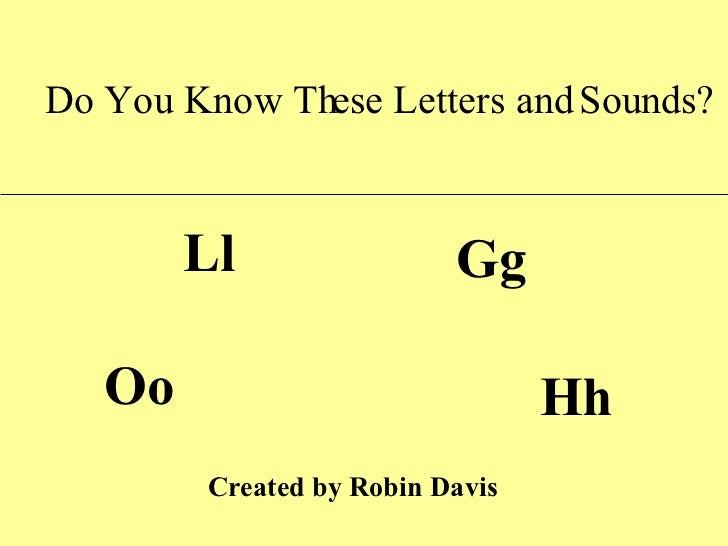 An adult can highlight the identified sound with his voice. As a variant of the game, you can select words with different syllabic structures (3 three-syllable words, and one two-syllable), different stressed syllables. The task helps to develop not only phonemic perception, but also attention, logical thinking.
An adult can highlight the identified sound with his voice. As a variant of the game, you can select words with different syllabic structures (3 three-syllable words, and one two-syllable), different stressed syllables. The task helps to develop not only phonemic perception, but also attention, logical thinking.
- Throwing the ball game “One hundred questions - one hundred answers with the letter A (I, B ...) - and only with this one.
Throw the ball to the child and ask him a question. Returning the ball to an adult, the child must answer the question so that all the words of the answer begin with a given sound, for example, with the sound [I].
Example:
-What is your name?
- Ira.
- What's your last name?
- Ivanova.
-Where did you come from?
-From Irkutsk
-What grows there?
- Fig.
- Word chain game
This game is an analogue of the well-known "cities". It consists in the fact that the next player comes up with his own word to the last sound of the word given by the previous player. A chain of words is formed: stork - plate - watermelon. Remembered?
It consists in the fact that the next player comes up with his own word to the last sound of the word given by the previous player. A chain of words is formed: stork - plate - watermelon. Remembered?
- Game "Fix a Broken Phone"
It is best to play with three or more people. The exercise is a modification of the famous game "Broken Phone". The first participant quietly and not very clearly pronounces a certain word in his neighbor's ear. He repeats what he heard in the ear of the next participant. The game continues until everyone has passed the word "on the phone".
The last participant must say it out loud. Everyone is surprised, because, as a rule, the word is noticeably different from those transmitted by the rest of the participants. But the game doesn't end there. It is necessary to restore the first word, naming in turn all the differences that have “accumulated” as a result of a phone breakdown. An adult should carefully monitor that the differences, distortions are reproduced by the child correctly.
- Make no mistake game.
An adult shows a picture to a child and loudly and clearly calls the picture: “Carriage”. Then he explains: “I will call this picture either right or wrong, and you listen carefully. When I make a mistake, clap your hands." Then he says: "Wagon - vakon - fagon - wagon." Then the adult shows the next picture or a blank sheet of paper and calls: "Paper - pumaga - tumaga - pumaka - bumaka." The game is very popular with children and is fun.
It must be emphasized that it is necessary to start with words that are simple in sound composition, and gradually move on to complex ones.
- The game “Be careful” An adult lays out pictures in front of a child, the names of which sound very similar, for example: cancer, varnish, poppy, tank, juice, bough, house, lump, scrap, catfish, goat, scythe, puddle, ski. Then he calls 3-4 words, and the child selects the corresponding pictures and arranges them in the named order (in one line or in a column - according to your instructions).

- Game "Pick up by sound " An adult puts the following pictures in one line: lump, tank, bough, branch, ice rink, slide. Then, giving the child one picture at a time, he asks to put it under the one whose name sounds similar. As a result, you should get approximately the following rows of pictures: clod bak bough branch skating rink slide house crayfish onion cage scarf crust catfish poppy beetle heel leaf mink scrap lacquer beech lash skein brand
- SHOP game
Games for the selection of sound against the background of the word.
Task: Dunno went to the store for fruit, came to the store, but forgot the name of the fruit. Help Dunno buy fruits that have the sound [l'] in their names. Subject pictures are exhibited on the typesetting canvas: apples, oranges, pears, tangerines, plums, lemons, grapes. Children select pictures that have the sound [l '] in the name.
Show your child the products you bought at the store and have him list the ones that have [R] or another sound in their names.



